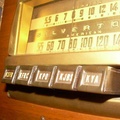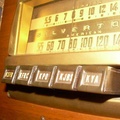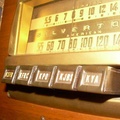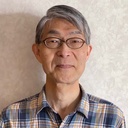
Tetsuya Hirahara
@HiraharitoHe began his hobby of receiving foreign shortwave broadcasts when he was in junior high school. He is also interested in the history of radio in general, and in recent years has been researching the history of radio programs for Japanese immigrants that were broadcast in North and South America. In 2020, he self-published "Japan Hour," which introduces programs that were broadcast in North America before the war.
(Updated September 2022)
Stories from This Author
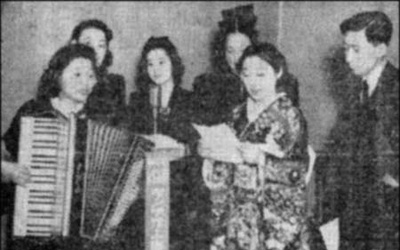
The 10th episode of Oza Hondo's Sunday Mainichi Broadcasting and Radio Little Tokyo
May 29, 2023 • Tetsuya Hirahara
On February 8, 1940, Oza Hondo's final broadcast on California Mainichi Broadcasting System (see Part 5 ) took up the post of secretary of the Gardena Plains Japanese Association at almost the same time. However, his passion for radio was difficult to let go, and he returned to the radio world by founding the "Sunday Mainichi Broadcasting Association." Sunday Mainichi Broadcasting The last Japanese language broadcast program before the war, "Sunday Mainichi Broadcasting," began broadcasting on November 3, 1940 from …
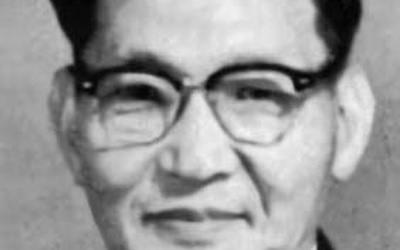
The 9th Rafu Japanese United Church's Sunday Cultural Broadcasting
May 22, 2023 • Tetsuya Hirahara
The Rafu Japanese United Church (United Church) was established in February 1918 through the merger of three churches: the Rafu Japanese Congregational Church, the Rafu Presbyterian Church, and the Japanese Bethlehem Congregational Church. The church actively lobbied the Japan Cultural Broadcasting Association (see Part 3 ) and decided to start a new Japanese language program on November 14, 1937. The program was called "Sunday Cultural Broadcasting" and was broadcast for 30 minutes every Sunday from 8:30 pm by KGER station …

No. 8: Shinichi Kato hosts the Southern California Agricultural Association Broadcast
May 15, 2023 • Tetsuya Hirahara
Market report broadcast begins In the 1930s, Japanese farmers were the second largest group in California after whites, and Japanese farmers were responsible for producing vegetables and fruits for suburban markets in particular. According to statistics from 1930, 53% of employed Japanese were engaged in agriculture. The large amount of labor required for crop harvesting was met by advertising in Japanese newspapers and by hiring Mexican and Filipino workers. In response to a strike by farm workers in 1933, representatives …

No. 7 Japanese Music Broadcasting Presented by Dentist Dr. Cohen
May 8, 2023 • Tetsuya Hirahara
Sponsored by Dr. Cohen, who runs a dental clinic in Los Angeles, the Japanese-language program was broadcast on KTM radio in Los Angeles for three seasons. Cohen is a dentist who is keen to attract clients from immigrant communities, and has sponsored many advertisements and programs on radio stations in Los Angeles and on the Mexican border. To Hispanics, he marketed his service as "Spanish-speaking," and in Japanese-language newspapers, he advertised "Japanese nurses are on duty," selling his services at …

The 6th Japanese Broadcast Sponsored by the Rafu Japanese Association
May 1, 2023 • Tetsuya Hirahara
At a meeting of the Rafu Japanese Association Councillors held on the evening of November 11, 1931, it was resolved to broadcast a radio program once a week. Based on this, on December 5 of the same year, the so-called "Rafu Japanese Association Broadcast" was started on KELW station in Burbank, and was hosted by the Japanese Association (Chairman Akashi Iku). The program was broadcast in both Japanese and English for 30 minutes every Saturday from 7:30 pm. The announcer …
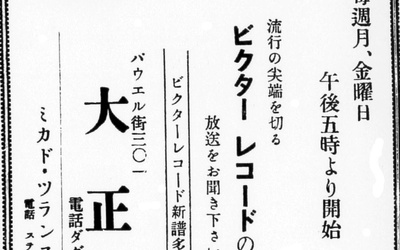
4. Other Programs
March 13, 2023 • Tetsuya Hirahara
The final episode will introduce other Japanese language broadcasts and music programs featuring second generation Japanese speakers. Taishodo Taishodo (Kitamura Kenjiro and Kitamura Masaru, from Shiga Prefecture), located at 301 Powell Street, was originally a pharmacy, but expanded its lineup to also sell radios and Japanese records. On August 19, 1935, the Mainland Nippo newspaper carried an advertisement stating, "CKMO 1400 K.C. Starting at 5:00 p.m. every Monday and Friday. Listen to the latest trends in Victor Records." A program …
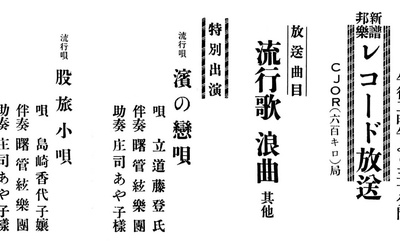
The 3rd Niimi Shokai "Popular Song Broadcast"
March 6, 2023 • Tetsuya Hirahara
In the third installment, we will write about Niimi Shokai's "Popular Song Broadcasting," which is a rival to Japanese Song Broadcasting. Niimi Shokai was a drugstore and photo shop run by Niimi Toragoro (born in Tokushima Prefecture and arrived in Japan in 1910), which opened at 331 Powell Street in 1919. It advertised almost daily in the Japanese language newspaper Tairiku Nippo. It later began selling Japanese records, gramophones, and radios. Wind-up gramophones, which did not require a power source, …
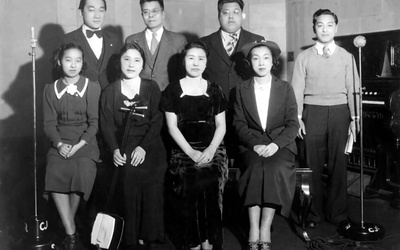
2nd Shinkosha "Japanese Song Broadcast"
Feb. 27, 2023 • Tetsuya Hirahara
In the second installment, we will introduce Shinkosha's "Japanese Song Broadcast," a pioneer in Japanese language broadcasting. In March 1935, a broadcasting station approached the Canadian Japanese Society with a request to broadcast a Japanese program. The Society was not able to organize programs or collect advertisements, so they chose Kaizo Tsuyuki (from Kanagawa Prefecture), who had experience. Although it says "experienced," this does not mean that Tsuyuki had experience in radio broadcasting. Tsuyuki established a film touring company called …

Part 1: The Prehistory of Japanese Broadcasting
Feb. 20, 2023 • Tetsuya Hirahara
It is believed that the first time Japanese music was played on the radio in Canada was in February 1925. At that time, the Imperial Japanese Navy sent a training fleet overseas almost every year to conduct practical training for long-distance voyages and to carry out goodwill activities at ports of call. The three ships, Yakumo, Asama, and Izumo, left Yokosuka in November 1924, passed through Mexico and the United States, and anchored in Vancouver the following February. At 8 …
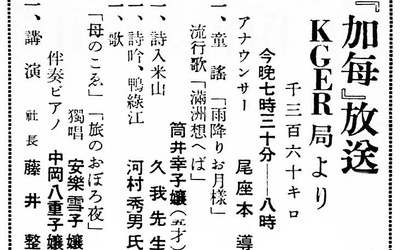
The 5th California Mainichi Broadcasting
Jan. 23, 2023 • Tetsuya Hirahara
In July 1932, Los Angeles was buzzing with the local Olympics. However, no agreement could be reached on broadcasting rights in the United States, and the games were not broadcast on the radio domestically. In order to deliver the latest news, the California Mainichi newspaper (Kamae) decided to call the Mitsuba Trading Company in San Pedro, Little Tokyo, from the stadium where the games were being held, and broadcast the audio in their store every day from 2:00 p.m. This …
 We’re looking for stories like yours!
Submit your article, essay, fiction, or poetry to be included in our archive of global Nikkei stories.
Learn More
We’re looking for stories like yours!
Submit your article, essay, fiction, or poetry to be included in our archive of global Nikkei stories.
Learn More
New Site Design
See exciting new changes to Discover Nikkei. Find out what’s new and what’s coming soon! Learn More
Discover Nikkei Updates



See exciting new changes to Discover Nikkei. Find out what’s new and what’s coming soon!

